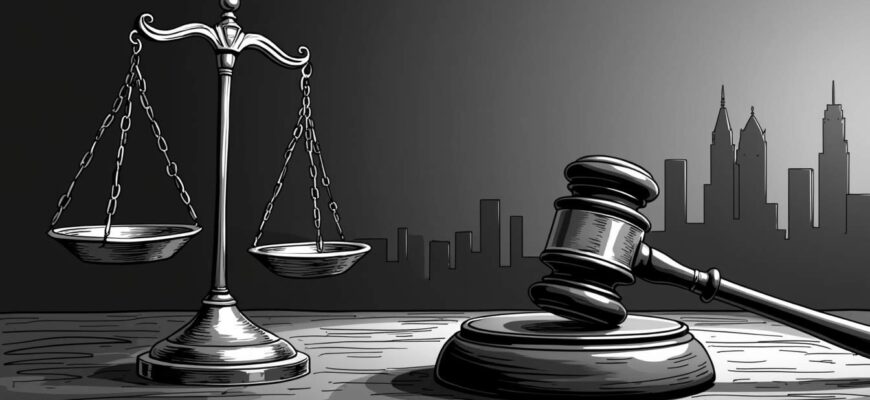Author: Joshua Martinez
AI and blockchain revolutionize crypto trading platforms, enhancing user experience and trust. Explore the latest market updates and earnings.
Colombia's betting sites offer a secure, regulated experience. Learn about the legal framework, licensing, and top site features.
TRUMP memecoin's $7.6B market cap raises centralization concerns, boosting Solana but overshadowing Dogecoin and MAGA token.
Crypto recovery delays erode trust and increase market volatility. Explore the complexities of asset recovery, monetization of illiquid cryptocurrencies
Trump's pro-crypto policies may reshape SEC regulations, boosting XRP and crypto market dynamics.
Explore the psychological impact of blockchain immersion and strategies to stay grounded in the digital age.
Whale transactions drive crypto market volatility, impacting prices, liquidity, and investor sentiment. Explore the effects and strategies to navigate.
BlockDAG's $1 target: realistic growth or hype? Explore its potential, partnerships, and market trends.
Ethereum's leadership overhaul aims to boost technical expertise and decentralization, impacting the future of decentralized platforms and the crypto market.
Master high leverage crypto trading with risk management, ethical insights, and strategic tips for maximizing profits in volatile markets.









